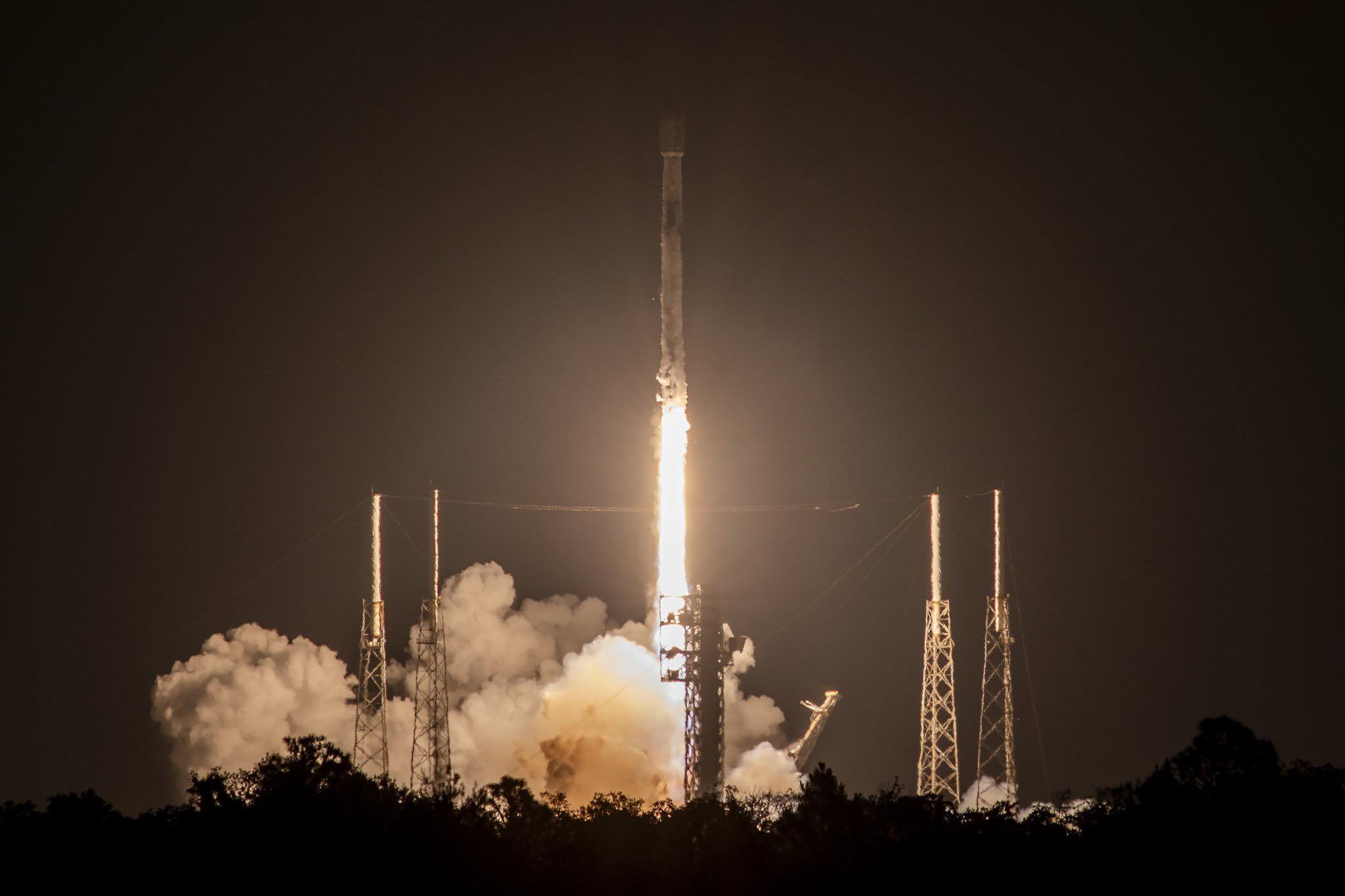
May “may” only be a couple of days young, but SpaceX has successfully flown as many Falcon 9 missions as the month is old, following a pair of back-to-back launches from Vandenberg Space Force Base, Calif., and Cape Canaveral Space Force Station, Fla. A spectacular mid-morning liftoff of a third 20-times-flown booster carrying Maxar’s first pair of WorldView Legion geospatial imaging satellites from the West Coast at 11:36 a.m. PDT Thursday was followed eight hours later at 10:37 p.m. EDT by another veteran rocket laden with the year’s 30th batch of Starlink internet communications satellites bound for low-Earth orbit.

As a network, Starlink enables high-speed and low-latency internet provision to over 70 sovereign nations and international markets in North and South America, Europe, Asia, Oceania and Africa. Last month, the Hawthorne, Calif.-headquartered launch services provider announced that Starlink connectivity is now available in Albania and Micronesia, bringing to 75 the total number of sovereign nations or regions to receive coverage.
The downsized V2 Mini satellites, first flown in February of last year, boast three to four times greater “usable” bandwidth than earlier Starlink iterations. “V2 Minis include key technologies—such as more powerful phased-array antennas and the use of E-Band for backhaul—which will allow Starlink to provide 4x more capacity per satellite than earlier iterations,” SpaceX explained. “Among other enhancements, V2 Minis are equipped with new argon Hall thrusters for on-orbit maneuvering.”

Florida-based intercity operator Brightline adopted Starlink on its trains in 2023, the first passenger rail service in the world to do so. Additionally, El Salvador’s Ministry of Education has begun integrating Starlink capability into its schools to help close the digital divide between urban and remote rural communities and 50 Rwandan schools are now connected via Starlink’s high-speed internet service.
And in January, SpaceX lofted its first six “Direct-to-Cell” Starlinks, which permit mobile network providers to offer “seamless global access to texting, calling and browsing”, whether “on land, lakes or coastal waters”, without the need to change hardware or firmware. Within six days of that first launch, SpaceX engineers sent and received their first text messages via Direct-to-Cell and as of April Starlink reportedly had about 2.7 million registered subscribers or customers worldwide.

Of the 44 Falcon 9 missions flown so far this spring, 30 have been devoted to Starlink, delivering—inclusive of Thursday’s launch—more than 600 of these flat-packed internet communications satellites into orbit.
Earlier on Thursday, SpaceX announced that it was targeting a group of T-0 opportunities extending from 9:49 p.m. EDT through 1:17 a.m. EDT Friday. And weather on the Space Coast was predicted to hover around 85-percent favorable both for Thursday night’s opening launch attempt and a backup suite of options, opening at 9:03 p.m. EDT Friday.
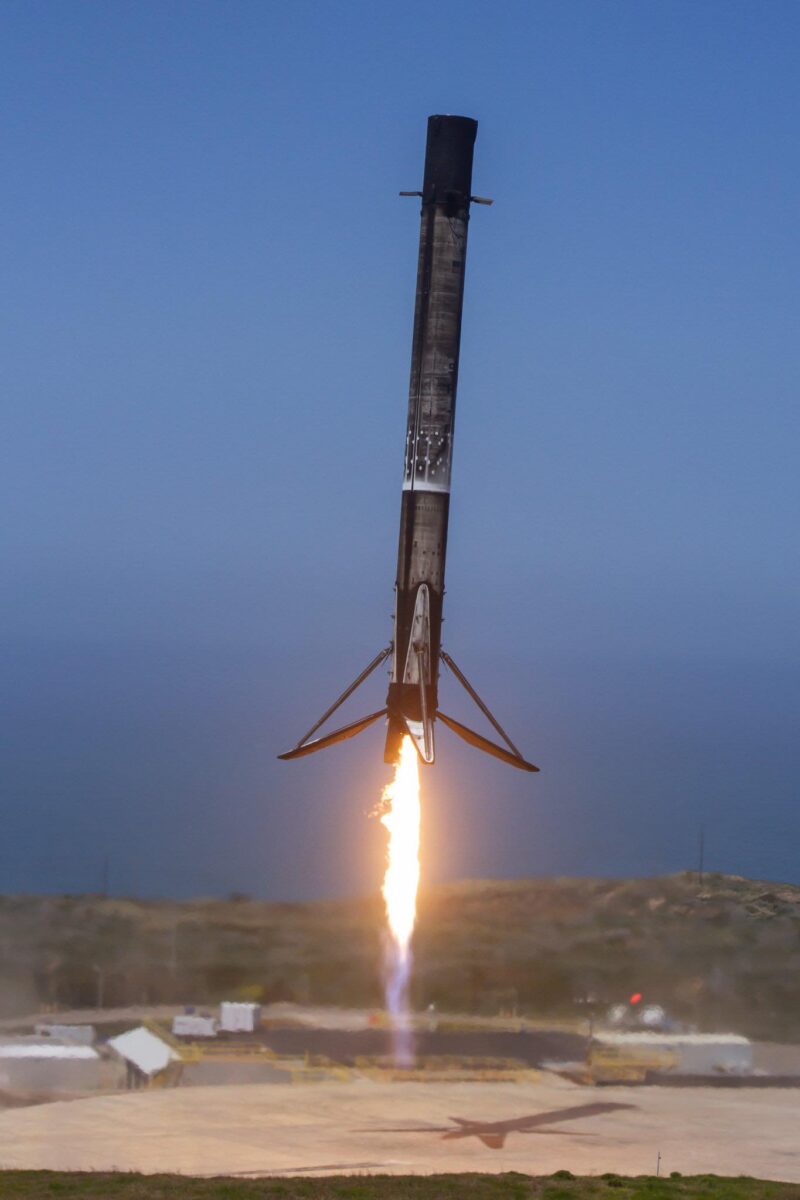
“High pressure over the Western Atlantic is dominating the Southeastern United States and Florida Peninsula, keeping the upper levels relatively dry,” noted the 45th Weather Squadron in an update. “With the ridge axis to our north, onshore, southeasterly flow will continue along the Space Coast causing moist lower levels.
“Today, thunderstorm activity is present over the Gulf Stream and a sea breeze is developing over the Treasure Coast with showers beginning to form,” the 45th added. “The East and West Coast Sea Breezes are expected to collide over west-central Florida this evening, causing potential for lightning and anvil development into tonight.”
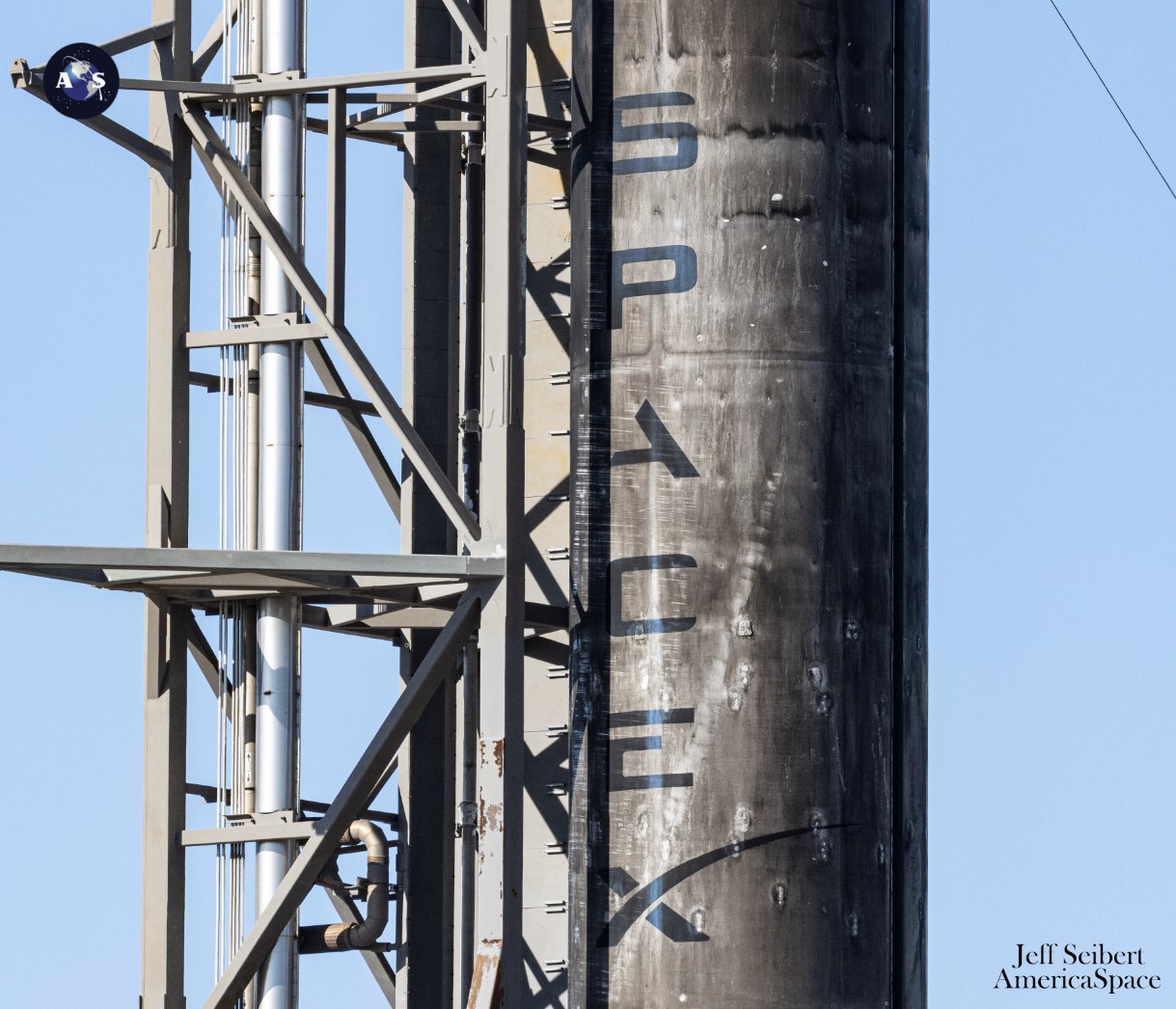
All told, this was expected to create a possible violation of the Cumulus Cloud Rule and Attached Anvil Cloud Rule, with a similar meteorological picture anticipated on Friday evening too. “For the backup day, conditions look favorable,” explained the 45th in its summation, “with the primary concern being the Cumulus Cloud Rule.”
Flying SpaceX’s second Falcon 9 mission of Thursday was B1067, which is keeping pace with the life-leaders in the fleet and was making her own 19th launch. First flown in June 2021 and most recently in March, B1067 has now lifted ten batches of over 300 Starlinks to orbit, as well as four geostationary communications satellites and two pairs of crewed and uncrewed missions to the International Space Station (ISS).
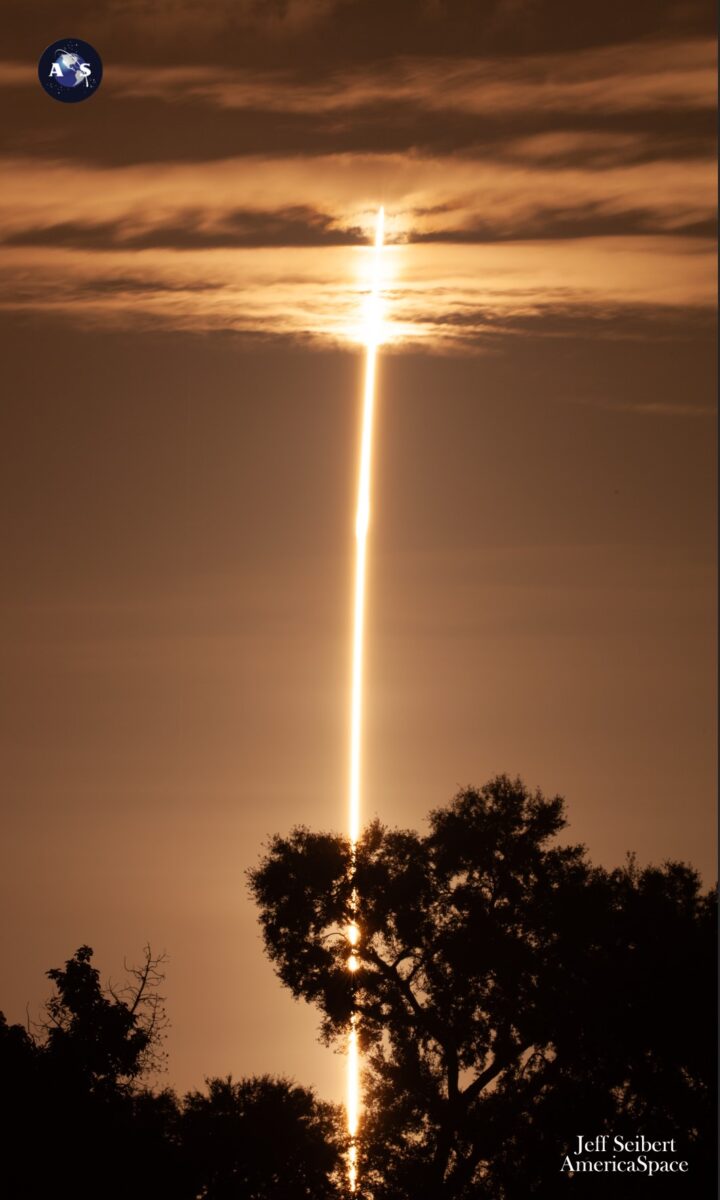
She first saw service almost three years ago to launch the CRS-22 Cargo Dragon for a month-long stay at the International Space Station (ISS). Next, she delivered eight astronauts from the United States, Germany and Italy to the sprawling orbital complex on Crew-3 in November 2021 and Crew-4 in April 2022, followed by the CRS-25 Cargo Dragon to the station the following summer.
Added to this impressive list, B1067 also lifted her first geostationary communications satellite for Turkey in December 2021—which helped set a new record (now broken) between pairs of Falcon 9 launches at less than 16 hours—and a pair of O3b mPOWER broadband satellites in December 2022. Other payloads included the Hotbird 13G communications satellite in November 2021 and last June the Satria Very High Throughput Satellite (VHTS) for Indonesia’s Pasifik Satelit Nusantara (PSN).
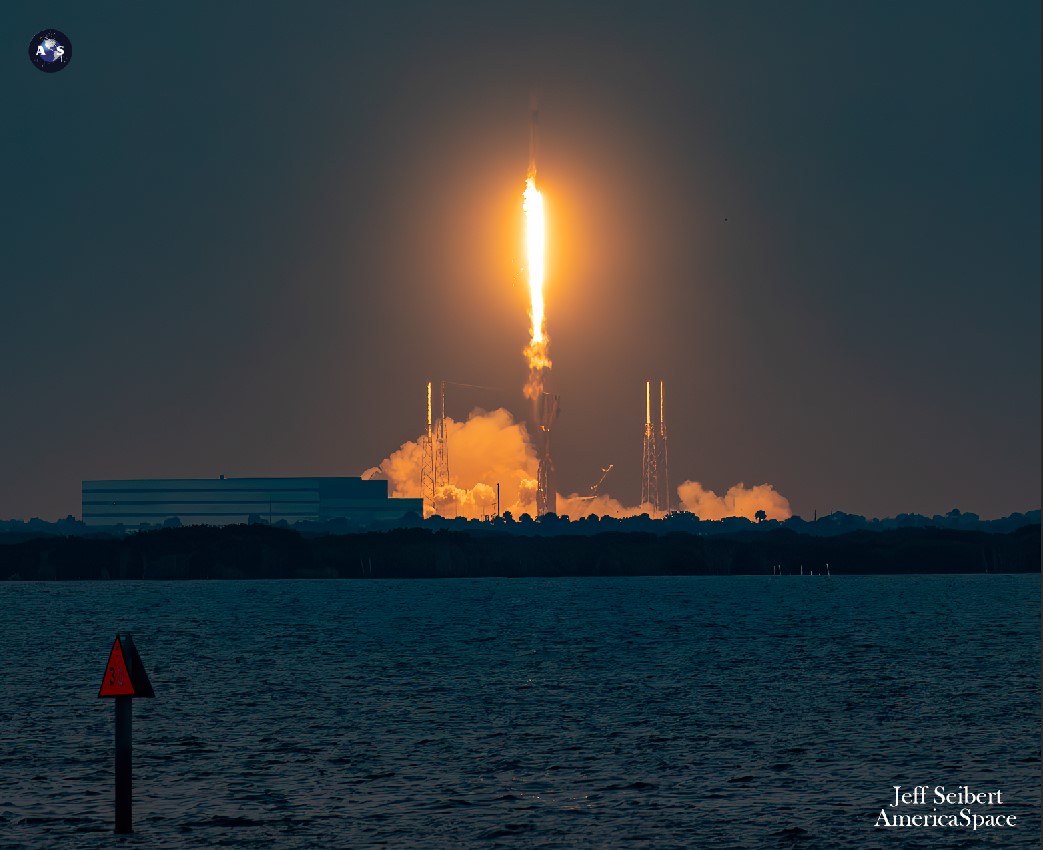
Notably, her Hotbird 13G launch in November 2022 marked the first time that SpaceX achieved 50 Falcon 9 missions in a single calendar year. And in January of 2023, one of her Starlink payloads tipped the scales at 38,400 pounds (17,400 kilograms) to become the heaviest Falcon 9 payload ever orbited at that time.
Threading the needle around a potentially troubled weather picture, B1067 sprang from the Cape’s storied Space Launch Complex (SLC)-40, a little less than hour into Thursday’s window at 10:37 pm. EDT Thursday and powered smoothly uphill into the Florida darkness. Eight minutes later, she returned homeward and alighted with pinpoint grace on the expansive deck of the Autonomous Spaceport Drone Ship (ASDS), “A Shortfall of Gravitas”, situated offshore in the Atlantic Ocean. In the meantime, the second stage’s single Merlin 1D+ engine executed a lengthy “burn” and deployed the 23-strong Starlink stack at 65 minutes into the mission.




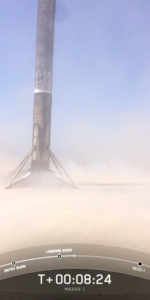

One Comment
Leave a ReplyOne Ping
Pingback:“Almost Lost” Falcon 9 Launches Successfully, Hours Before CFT Starliner Mission - AmericaSpace